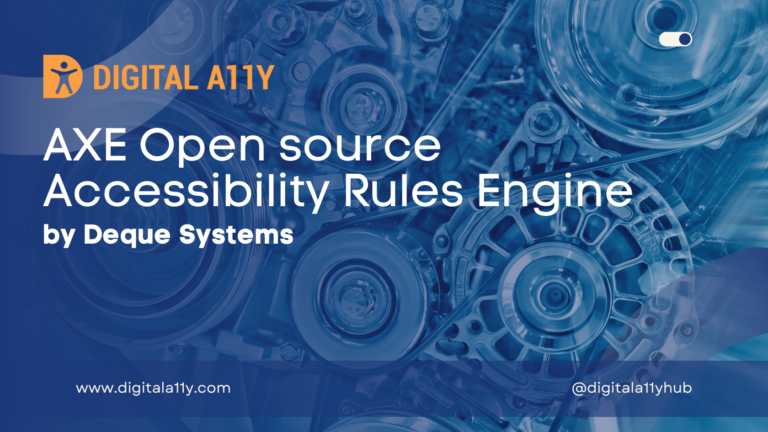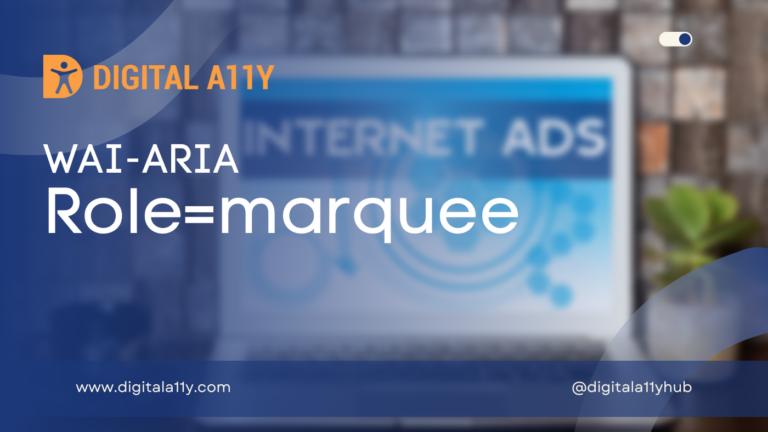Our Take Away from WebAIM’s Web Accessibility Practitioners Survey #2 Results

In April 2018, WebAIM conducted the Survey of Web Accessibility Practitioners and published the results in the beginning of June. This is a follow-up survey to the one conducted in 2014. The results are quite surprising and in some ways, healthy too. We’ll discuss the results and our take-away in general.
Practitioners’ demography
724 practitioners and accessibility professionals participated in this survey. The survey shows the trend of accessibility professionals who are older, well-paid and educated than that of the people working in other broader fields that include web design and development. When it comes to gender, men outnumber women in general but women professionals are more (39.5%in accessibility space than that of any other fields (6%) around us.
Practitioners with disabilities
Though the practitioners without disabilities (73.6%) outnumber the practitioners with disabilities (26.4%) in numbers, the accessibility space shows more number of people with disabilities as practitioners than that of any technical field. WebAIM also notes that the percentage of people with disabilities has risen from 21.8% in 2014 to 26.4 in 2018.
Salary
The result shows that the men are paid better than the women in the field although this gap has decreased. Notably, the women are paid better in accessibility field than their men counterparts in other fields. When it comes to the payment to people with disabilities, they are still underpaid compared to their non-disabled counterparts despite the gap decreasing.
Browsers and Operating Systems
As per the result, the captured data shows that as many as 52.5 respondents used Chrome to take the survey which shows Chrome as a likely winner. But when it comes to people with disabilities, the usage of Chrome is still less even though it has grown 38% when compared to 16% in 2014. Windows is the likely winner in the OS category both among practitioners with and without disabilities despite Mac gaining its momentum slowly.
Screen Readers
When it comes to testing with screen readers, NVDA, VoiceOver and JAWS hold the respective ranks. But practitioners with disabilities still prefer JAWS over NVDA and VoiceOver despite the popularity of JAWS decreasing or the popularity of NVDA and VoiceOver increasing among them.
To know more about browsers and screen readers combination, read our post
Automation tools
Wave, aXe, online color contrast checkers, bookmarklets and scripts are among the wide variety of tools used by the practitioners. Notably, they are all free tools.
Other interesting facts
There are some other interesting facts:
Our Take Away
The field of accessibility is by far the most inclusive space compare to other industries and technology spaces. The participation of women from disabled/non-disabled communities and men with disabilities has made this possible. Yet, here too women with/ without disabilities and men with disabilities in general are not at par with their counterparts in terms of payment. This equality must be realized sooner by the organizations and businesses when they engage both men and women with disabilities. On the other hand, the survey gives us a positive note that the websites are becoming accessible day by day whether it is for a moral reason or a business reason. This success can be attributed to the combined workforce of people with and without disabilities.
As the survey indicates, The awareness of accessibility must be imparted at an early stage like formal schooling. Only then, the future innovations and products would be inclusive and accessible at their incubation itself. Also, AT vendors and other device/OS developers have to make their products more robust, accessible and usable so as to increase the productivity of people with disabilities in all walks of life.
For complete survey results please refer WebAIM: Survey of Web Accessibility Practitioners #2 Results









